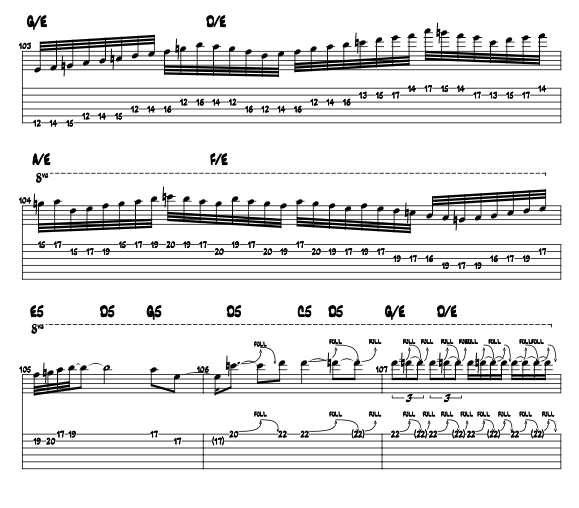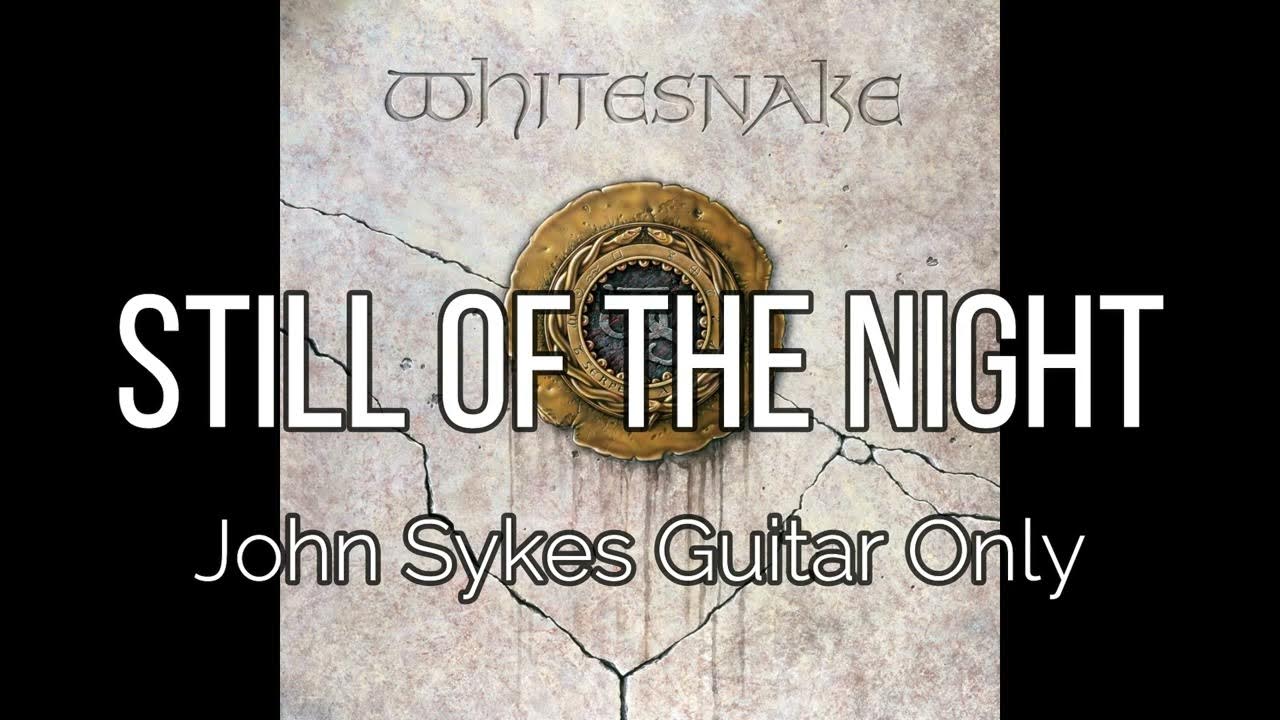I have never promised any kind of custom video creation for users. If I’ve done something like that, it’s possible it was something simple, or something I felt was not addressed in our lessons. Or during the pandemic when we couldn’t get in to update the lessons.
However both Tommo and I have put an enormous amount of time into Technique Critique responses. There’s a directory you can browse ( Technique Critique Directory – Cracking the Code ) which lists critiques which are readable by subscribers. The link to the directory should be right on your dashboard. You can pick any of them, but here’s a recent one which is typical of the detail with which I will respond:
I try to keep feedback practical and constructive. I don’t tend to frame things as pointing out when players are “doing things wrong”. As if I even know what that is. It’s hard to say when things are categorically wrong — the player’s question about stringhopping in this technique is a good example of that. Instead, it’s much easier to say when things are right. Everyone has something they do that works. If we can figure out what that is, then we can build on that. So I’m not sure where you’re getting that. If that’s just my tone in this discussion, I apologize.
As to the questions I asked, every critique starts with questions. What I would be wary of is anyone offering playing advice without asking anything. In this case I have no idea what your current technique looks like or where the pain points are. So I’m offering the short list of things I think matter. Do you have tremolo speed? Is is easy? How is hand sync? These things are the bedrock. Then we can ask about escape. Which one is it? This determines which types of phrases will even work. And so on. With a TC I’d have video and table tap test results, so I’d probably already know the answers to those things. Here I know nothing. So once again, if that came off as dismissive, I apologize.
The “Still Of The Night” phrase, whatever it is, was very likely not played in any kind of traditional way without what we very loosely call “mistakes”, or mistake-adjacent weirdness that we see with the cameras, like displacement, swiping, etc. But what is almost certainly playable is a phrase that sounds a lot like it and is designed to work with your technique. This was the intent of my questions, and it was genuine.









